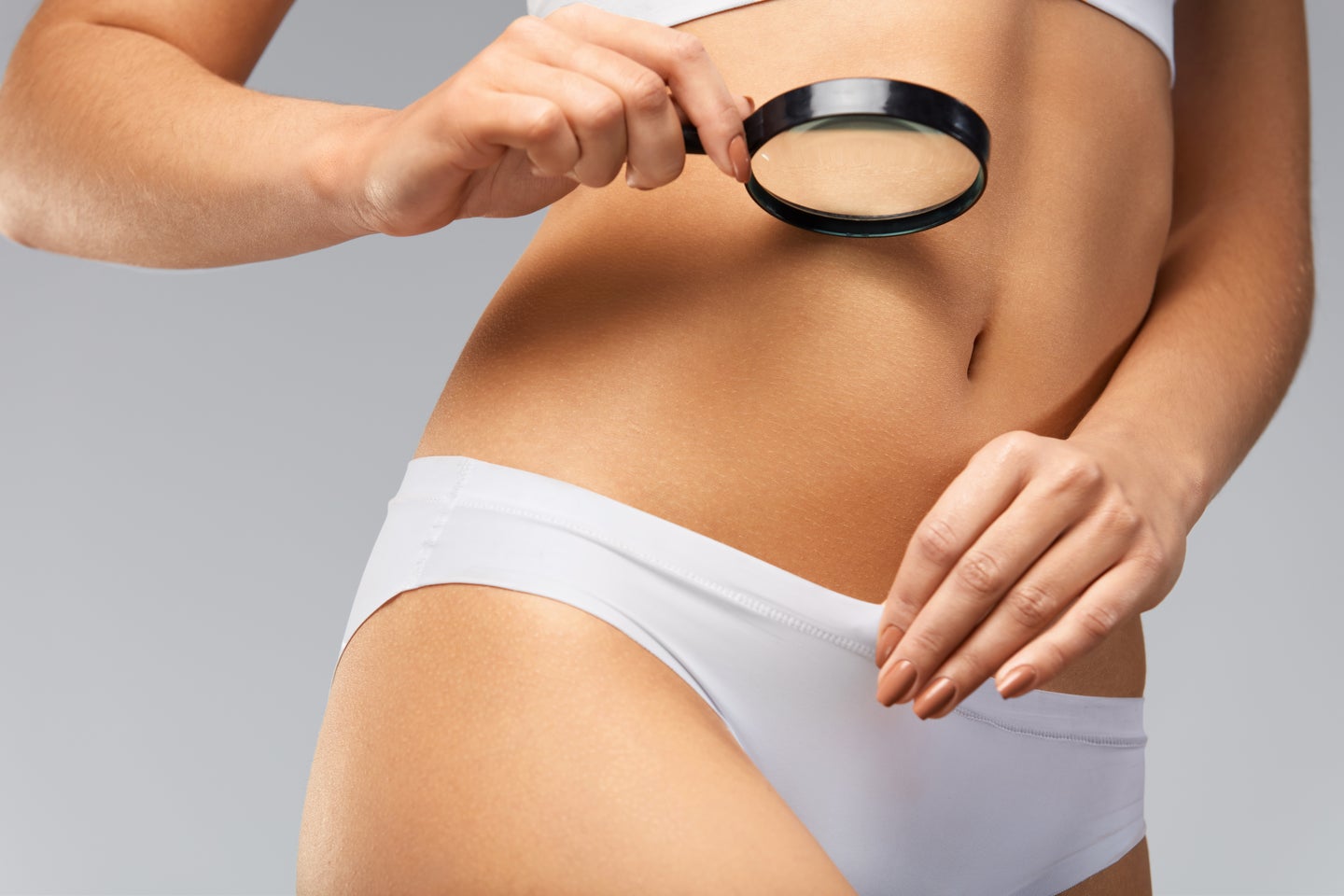There’s a secret room in the basement of the female body
And other weird things we learned this week.

What’s the weirdest thing you learned this week? Well, whatever it is, we promise you’ll have an even weirder answer if you listen to PopSci’s hit podcast. The Weirdest Thing I Learned This Week hits Apple, Anchor, and everywhere else you listen to podcasts every Wednesday morning. It’s your new favorite source for the strangest science-adjacent facts, figures, and Wikipedia spirals the editors of Popular Science can muster. If you like the stories in this post, we guarantee you’ll love the show.
FACT: You may have a mysterious pouch inside of you
By Purbita Saha
All weird medical stories seem to lead back to Mary Toft, but this one covers plenty of ground long after 18th-century scientists debunked the mother of rabbits’ bewildering birthing tale. Originally discovered by James Douglas, a Scottish midwife and “physician extraordinary” to the sitting queen of England, the Pouch of Douglas remains a mysterious, little-known cranny in the female body to this day.
My own enlightenment on this wonderfully fluid space (sometimes called a cul-de-sac or an infinitesimal void) came from an unusual source: Australian standup comedian Hannah Gadsby. I won’t get into how she landed on the topic—all I know is that I couldn’t stop Googling it after security handed my phone back after the show. What I learned is that the Pouch of Douglas acts like a buffer for the female nether organs. It’s wedged between the uterus and the colon, so when either of those parts move and squish around, they have some space to slide past each other without sparking conflict.
Beyond that, there isn’t much medical research on the Pouch of Douglas. Studies in the past decade or two show that it could shed clues on really painful reproductive conditions like ectopic pregnancies and endometriosis. But until its uses are better understood, I’m happy to think of it as a built-in fanny pack that expands to hold all the secrets that my body unconsciously collects over the years.
FACT: We’re pretty sure knuckle-cracking doesn’t cause arthritis—thanks to one very dedicated cracker
By Claire Maldarelli
You’ve probably heard it from at least one well-meaning parent or teacher: Don’t crack your knuckles or you’ll end up with gnarled, arthritic hands. When I was growing up, my sister would drive my mom crazy by cracking every possible knuckle in spite of this advice. The threat of arthritis couldn’t stop her from enjoying those sweet pops.
It might not shock you to learn this connection is completely unfounded. One of the largest studies on the subject to date, published back in 1990 in The Annals of the Rheumatic Diseases, looked at 300 healthy people of whom 74 called themselves habitual knuckle crackers. The rates of arthritis were exactly the same between them and the non-knuckle crackers.
Other, smaller studies over the years have come to similar conclusions. However, none of these studies have anything on Donald Unger. Listen to this week’s episode of Weirdest thing to learn more about the most dedicated knuckle-cracker of all time. Trust me: He lives up to the hype.
FACT: For decades, the hottest thing a woman could do was die
By Rachel Feltman
Things got very weird after the French Revolution (one example: there were balls open only to the grown children of people who’d been guillotined where dancers wore mourning clothes and pretended to roll their heads around violently), and through some combination of the glorification of aristocratic women sitting in their underclothes waiting to die, the simplification of fashion due to laws immediately following the war, and the absurd subcultures of grieving and traumatized young right people, it became very popular to wear extremely thin dresses regardless of weather. Enter the myth of “Muslin Disease,” which I discovered while perusing a list of supposedly deadly fashion trends. Women were so enamored of clingy dresses, the story goes, that they dunked their paper-thin muslin gowns in water to make them totally transparent. Apparently, contemporary physicians blamed the damp fashion trend for outbreaks of consumption, the unpleasant and often fatal disease we now know as Tuberculosis.

It turns out this probably wasn’t a real trend among European teens (though their clothing choices got plenty weird) but it did get me thinking about a very real trend that existed at the time: Making yourself look as close to death as possible.
Numerous scholars have opined on the era of “consumptive chic,” when the symptoms of TB—pale skin, protruding bones, bright eyes, and pink cheeks—were considered the height of beauty and fashion. Edgar Allen Poe waxed poetic on his young wives’ (plural—he married two different women with consumption, because he had a type) coughing of blood and wane appearance; Charlotte Bronte referred to the disease that would kill both her sisters as “flattering”; Weirdest Thing favorite Lord Byron bemoaned his misfortune at not dying slowly of consumption, which he was sure would make him even more popular with the ladies than his strict diet of vinegar and crackers. Until researchers finally identified the bacterium that causes TB, it was considered an aristocratic and elegant disease—one that women were more likely to get if they were beautiful, and one that made women suffering from it even more lovely by the standards of the day. This bizarre feedback loop had women poisoning themselves with arsenic (to lighten their skin) and belladonna (to dilate their pupils) in the hopes of emulating symptoms of a disease that was actively killing many of their friends and family.
But it’s not hard to see why a frail woman held so much societal appeal. A woman on the verge of dying was easy to control—and if she happened to be dying in a way that made her fit mainstream beauty standards, well, all the better. Check out this week’s episode of Weirdest Thing for more on the evolution of consumptive chic.
If you like The Weirdest Thing I Learned This Week, please subscribe, rate, and review us on Apple Podcasts. You can also join in the weirdness in our Facebook group and bedeck yourself in Weirdo merchandise from our Threadless shop.